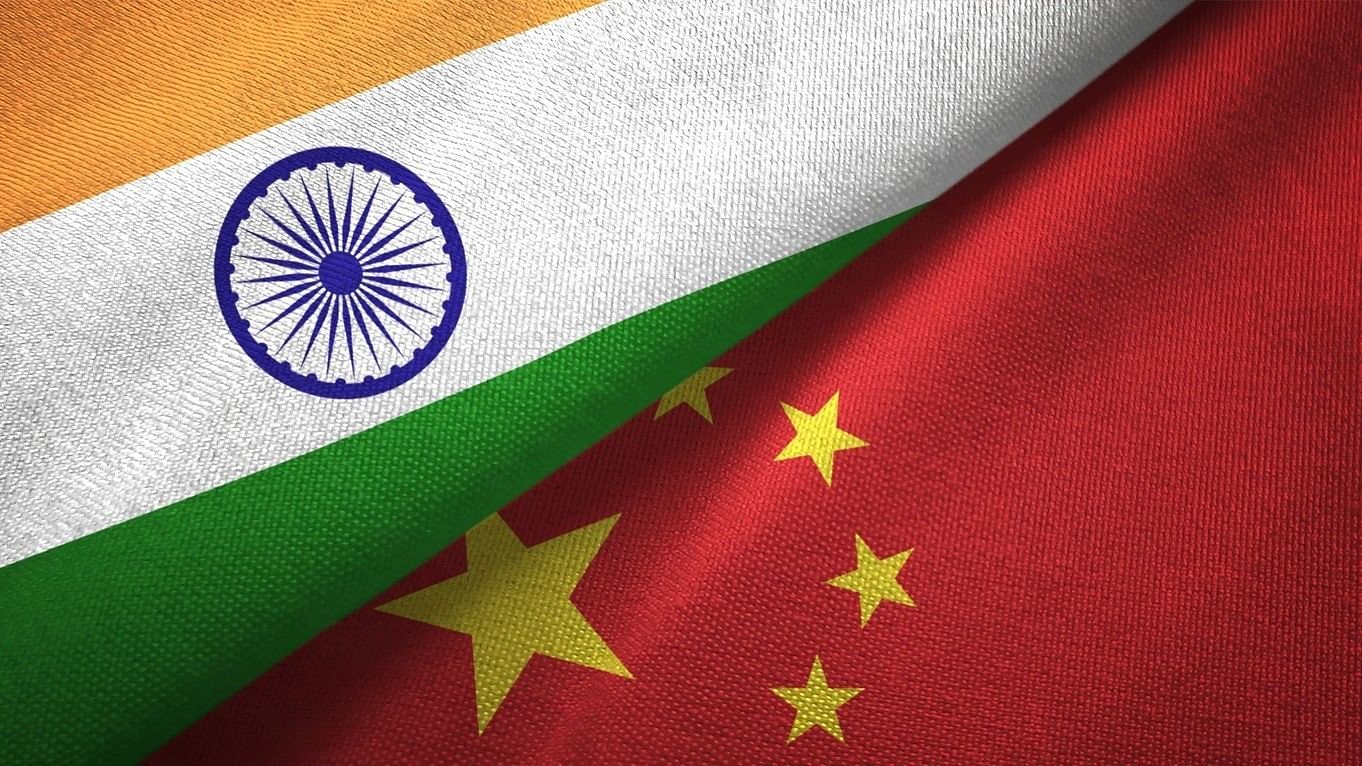
The flags of India and China.
Credit: iStock Photo
New Delhi: There is a need to take a nuanced approach towards foreign direct investments from China, and the government can consider FDI applications from Beijing in sectors involving high-end technologies like electric vehicles and batteries, which are not available in other nations, an official said.
China has some modern capital equipment of different types, which can be important for India.
Advocating for a nuanced view on the issue, the government official said that though there is no plan to ease rules under the press note 3, Chinese applications can be expedited in areas where India needs to step up its manufacturing capacity.
Under that press note, FDI from countries sharing land borders with India needs mandatory government approval in any sector. Countries which share land borders with India are China, Bangladesh, Pakistan, Bhutan, Nepal, Myanmar, and Afghanistan.
"Our view is that we have to take a nuanced view of where we need them (Chinese FDI) and where they are going to help us. We are not interested in them coming up and doing more mobiles for example, but there could be some areas like batteries, really good technologies or e-vehicles or any other manufacturing sector where they (China) have really good technology," the official, who did not wish to be named, said.
Chinese investments can be attracted in the sectors where India does not have a choice or where there is special expertise and skills available with Chinese firms, the official added.
"In areas, where they have a real USP in terms of technology and skills which we cannot get from other countries. It cannot be general, that is not possible." Under the press note 3, applications will be considered on a case-to-case basis only.
"But when it comes to FDI in sectors where we need them to build up our own manufacturing capacity, we need to speed up the process to clear their applications. We do have some suggestions on speeding it up, which is again being discussed in the committee of secretaries," the official noted.
At present, there is an inter-ministerial committee headed by the Home Secretary to consider applications under that press note.
The official was responding to a strong pitch made by the pre-budget Economic Survey on July 22 for seeking FDI from China to boost local manufacturing and tap the export market.
As the US and Europe are shifting their immediate sourcing away from China, it is more effective to have Chinese companies invest in India and then, export the products to these markets rather than importing from the neighbouring country, the survey has said.
India faces two choices to benefit from 'China plus one strategy' - it can integrate into China's supply chain or promote FDI from China.
"Among these choices, focusing on FDI from China seems more promising for boosting India's exports to the US, similar to how East Asian economies did in the past. Moreover, choosing FDI as a strategy to benefit from the China plus one approach appears more advantageous than relying on trade. This is because China is India's top import partner, and the trade deficit with China has been growing," it has added.
China stands at 22nd position with only 0.37 per cent share (USD 2.5 billion) in the total FDI equity inflow reported in India from April 2000 to March 2024.
The ties between the two countries nosedived significantly following the fierce clash in the Galwan Valley in June 2020 that marked the most serious military conflict between the two sides in decades.
The Indian and Chinese militaries have been locked in a stand-off since May 2020, and a full resolution of the border row has not yet been achieved, though the two sides have disengaged from several friction points.
India has been maintaining that its ties with China cannot be normal unless there is peace in the border areas.
Following these tensions, India has banned over 200 Chinese mobile apps like TikTok, WeChat, and Alibaba's UC browser. The country has also rejected a major investment proposal from EV maker BYD.
However, earlier this year, the Competition Commission of India (CCI) cleared JSW Group's proposed acquisition of a 38 per cent stake in MG Motor India Pvt Ltd.
MG Motor India is a wholly-owned subsidiary of Shanghai-headquartered SAIC Motor.
The government is also looking at further streamlining processes for timely approval of visas for Chinese professionals and technicians whose expertise is required by the Indian industry to set up manufacturing capacity.
Certain Indian industry players have approached the government, stating that they are facing problems in getting visas for Chinese professionals whose expertise is required for purposes like setting up machines in factories.
Though India has received minimal FDI from China, the bilateral trade between the two nations has grown multi-fold.
China has emerged as the largest trading partner of India with USD 118.4 billion two-way commerce in 2023-24, edging past the US. India's exports to China rose 8.7 per cent to USD 16.67 billion in the last fiscal.
The main sectors which recorded healthy growth in exports to that country include iron ore, cotton yarn/fabrics/made-ups, handloom, spices, fruits and vegetables, plastic and linoleum.
Imports from the neighbouring country increased by 3.24 per cent to USD 101.7 billion. The trade deficit widened to USD 85 billion in the last fiscal from USD 83.2 billion in 2022-23.
According to the Commerce Ministry data, China was India's top trading partner from 2013-14 till 2017-18 and in 2020-21. Before China, the UAE was the country's largest trading partner. The US was the largest partner in 2021-22 and 2022-23.